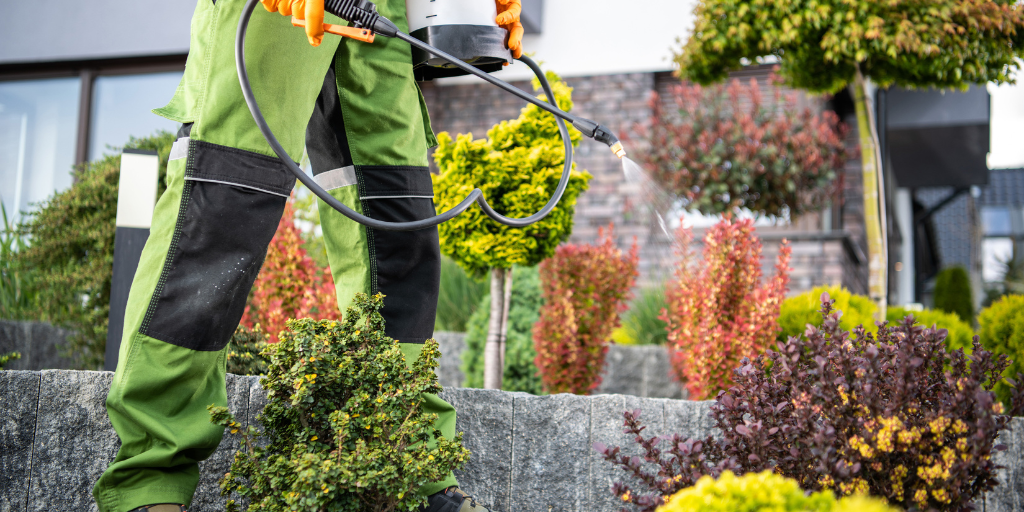In the pursuit of a safe and eco-friendly living environment, natural and organic pest control methods are becoming increasingly popular. Pests can cause damage to crops, homes, and animals if they are not controlled properly. Natural and organic pest control is an effective way to manage pests without using potentially harmful chemicals or sprays. The goal is to reduce the impact on the environment and keep people, plants, and animals safe from harm.
This article will discuss natural and organic pest control Matamata methods for use in the home and garden. We’ll look at a variety of techniques, including trapping, exclusion, repellents, biocontrols, and beneficial insects. We’ll also discuss the pros and cons of each method, as well as how to use them effectively.
Trapping:
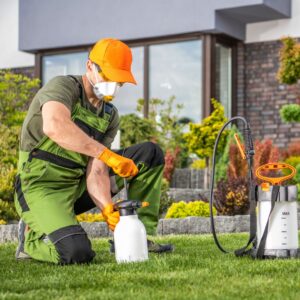
One natural and organic pest control technique is trapping. Traps can be used to physically capture pests before they cause damage or spread diseases. Common types of traps include sticky boards, baited traps, mechanical traps, and pheromone traps. Sticky boards are placed near areas where pests tend to congregate and then checked periodically for captured insects or other pests. Baited traps use food, like bait stations filled with peanut butter, to lure pests into the trap. Mechanical traps use a snap-trap design to quickly capture rodents. Pheromone traps use synthetic versions of the chemicals that certain pests use to communicate with each other.
Exclusion:
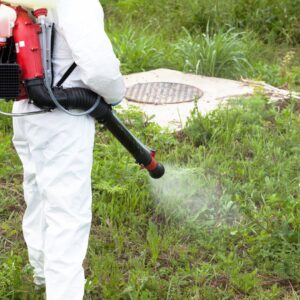
Another effective technique for natural and organic pest control is exclusion. This method involves sealing off cracks, crevices, and other entry points in your home or garden to prevent pests from entering. For example, you could seal off gaps and cracks around your windows, doors, and other openings with caulk or mesh. You can also use screens to prevent flying insects from entering your home.
Repellents:
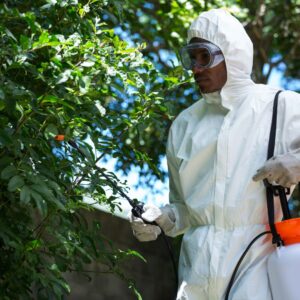
Repellents are another option for natural and organic pest control. Repellents work by using strong smells or tastes to deter pests away from certain areas. Common types of repellents include plant-based essential oils, garlic or onion spray, and ground pepper. Repellents can also be used in conjunction with other pest control methods to increase their effectiveness.
Biocontrols:
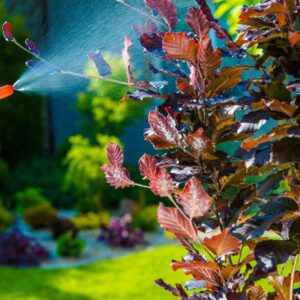
Biocontrols are a type of natural pest control that uses living organisms to control pests. Common examples of biocontrols include beneficial nematodes, ladybugs, and wasps. These organisms can be purchased from garden centers or online and then released into your home or garden to feed on pest populations.
Beneficial Insects:
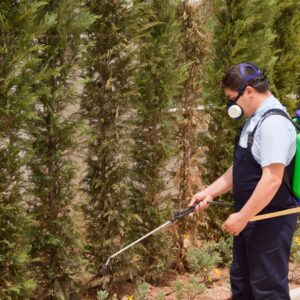
Beneficial insects are another type of natural and organic pest control method. These insects, such as lacewings and ladybugs, feed on other pests that can damage plants or spread diseases. Beneficial insects are often used in conjunction with other pest control methods to help reduce pest populations and keep gardens healthy.
These are just a few examples of natural and organic pest control methods that can be used in the home and garden. Each method has its own advantages and disadvantages, so it is important to research and choose the one that best suits your needs. By using natural pest control methods, you can reduce the impact on the environment while still keeping your home and garden safe from pests.
Conclusion
Natural and organic pest control is an effective way to manage pests without using potentially harmful chemicals. There are a variety of methods, including trapping, exclusion, repellents, biocontrols, and beneficial insects. Each method has its own advantages and disadvantages, so it is important to research the best one for your needs.
